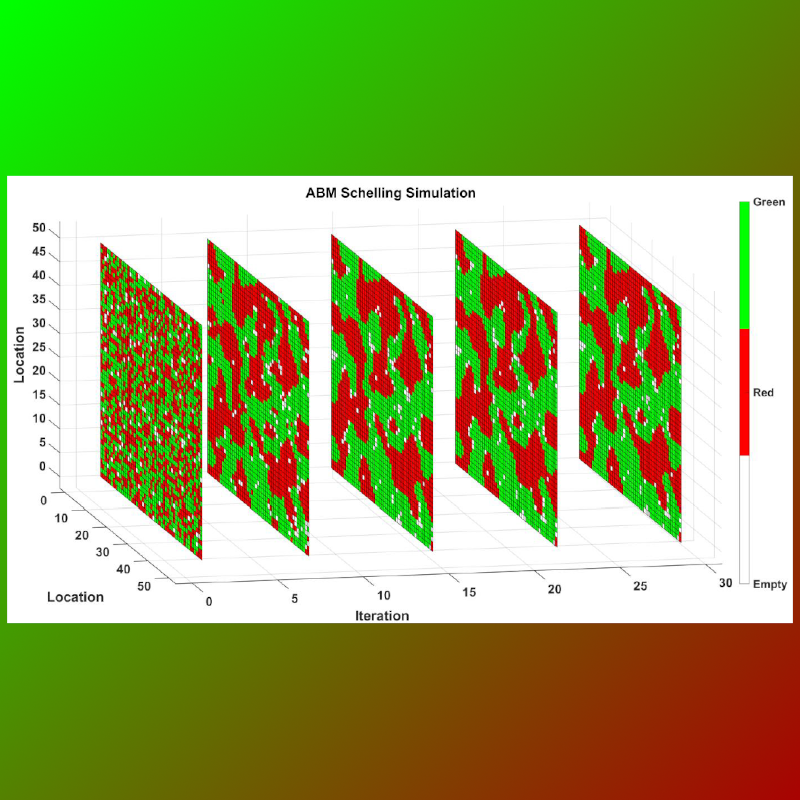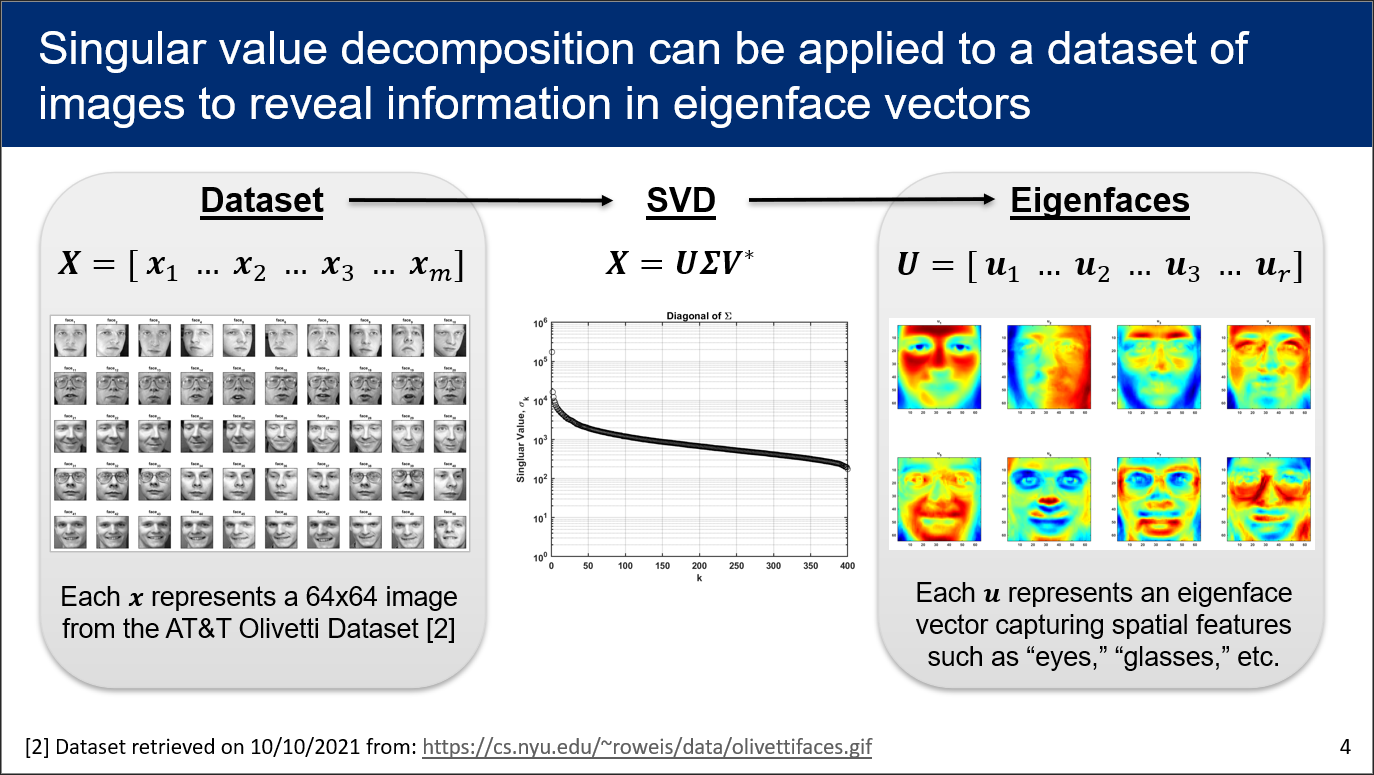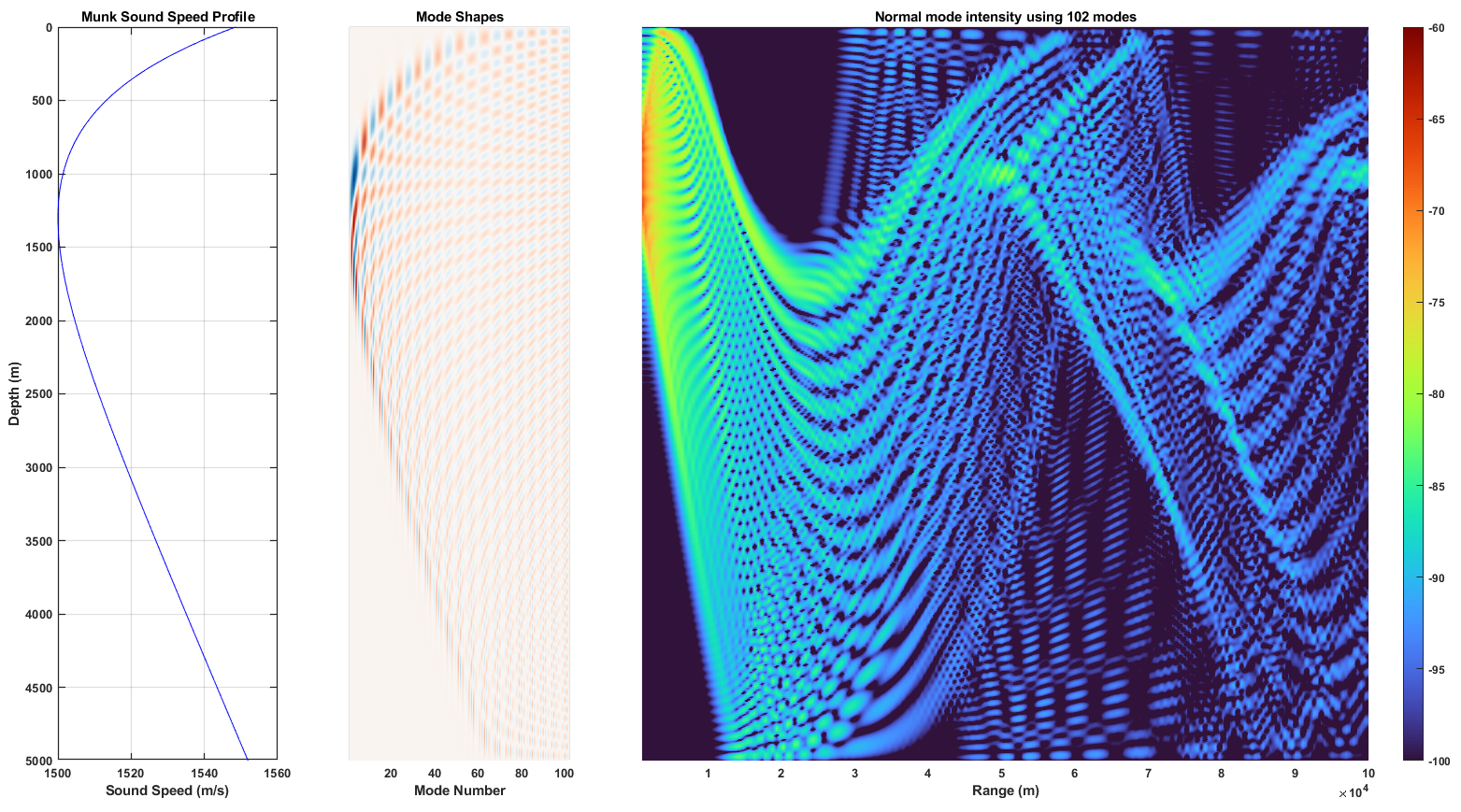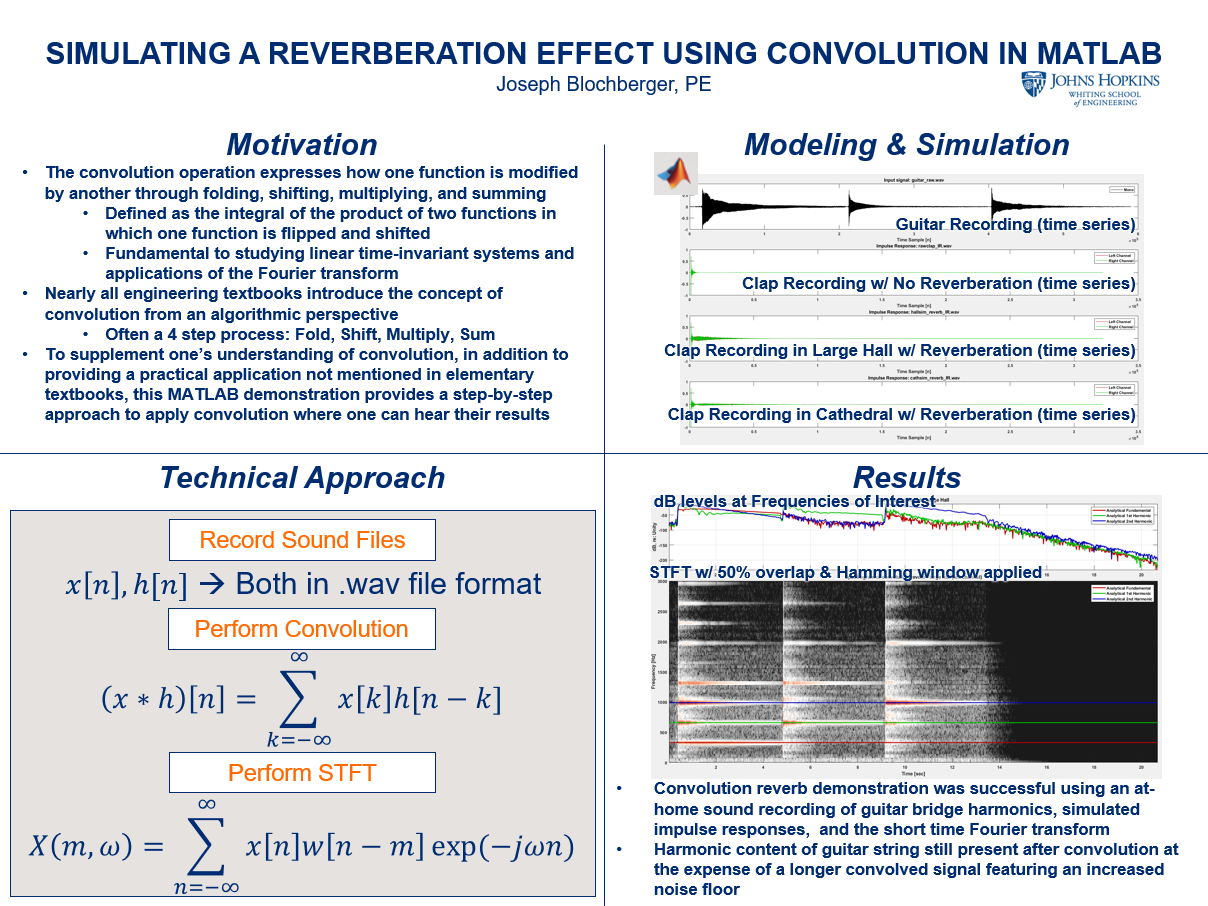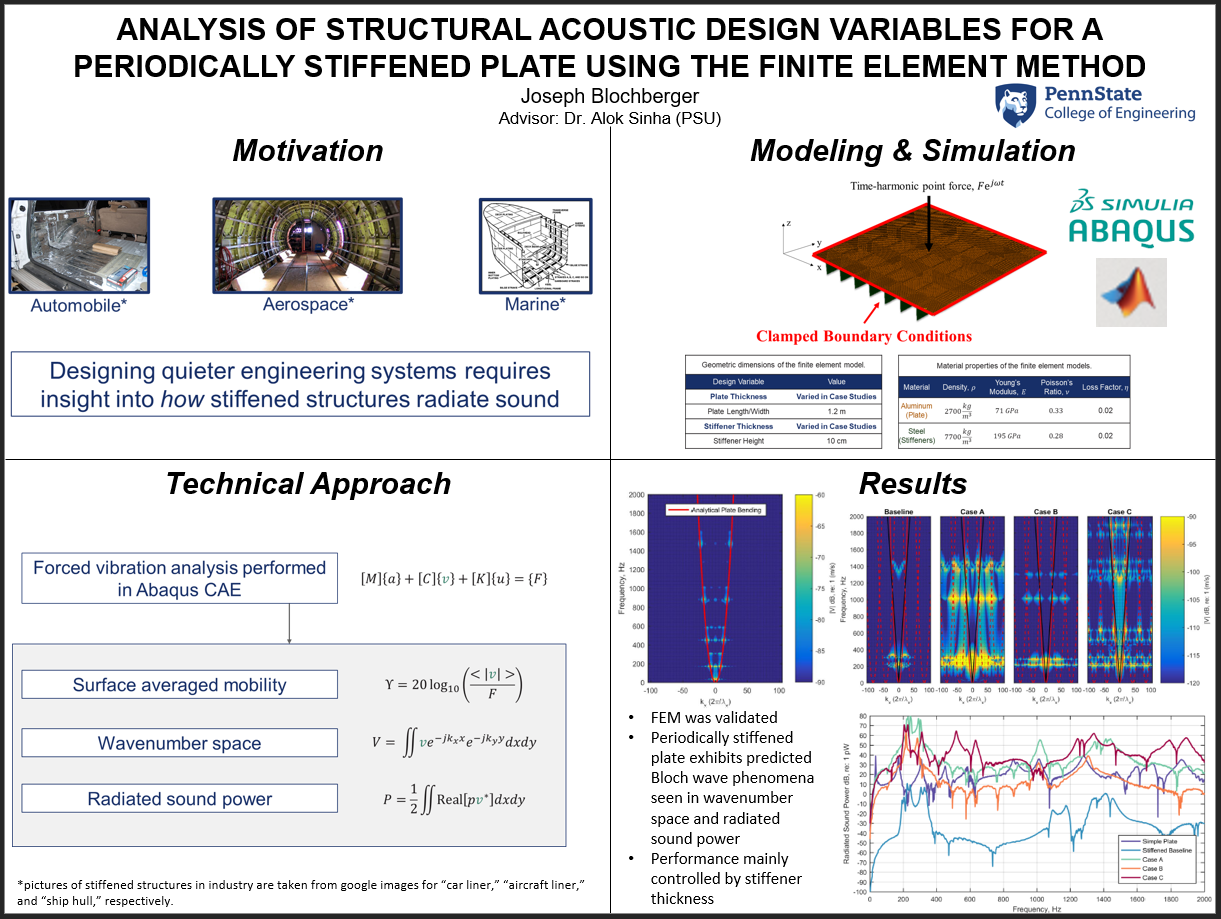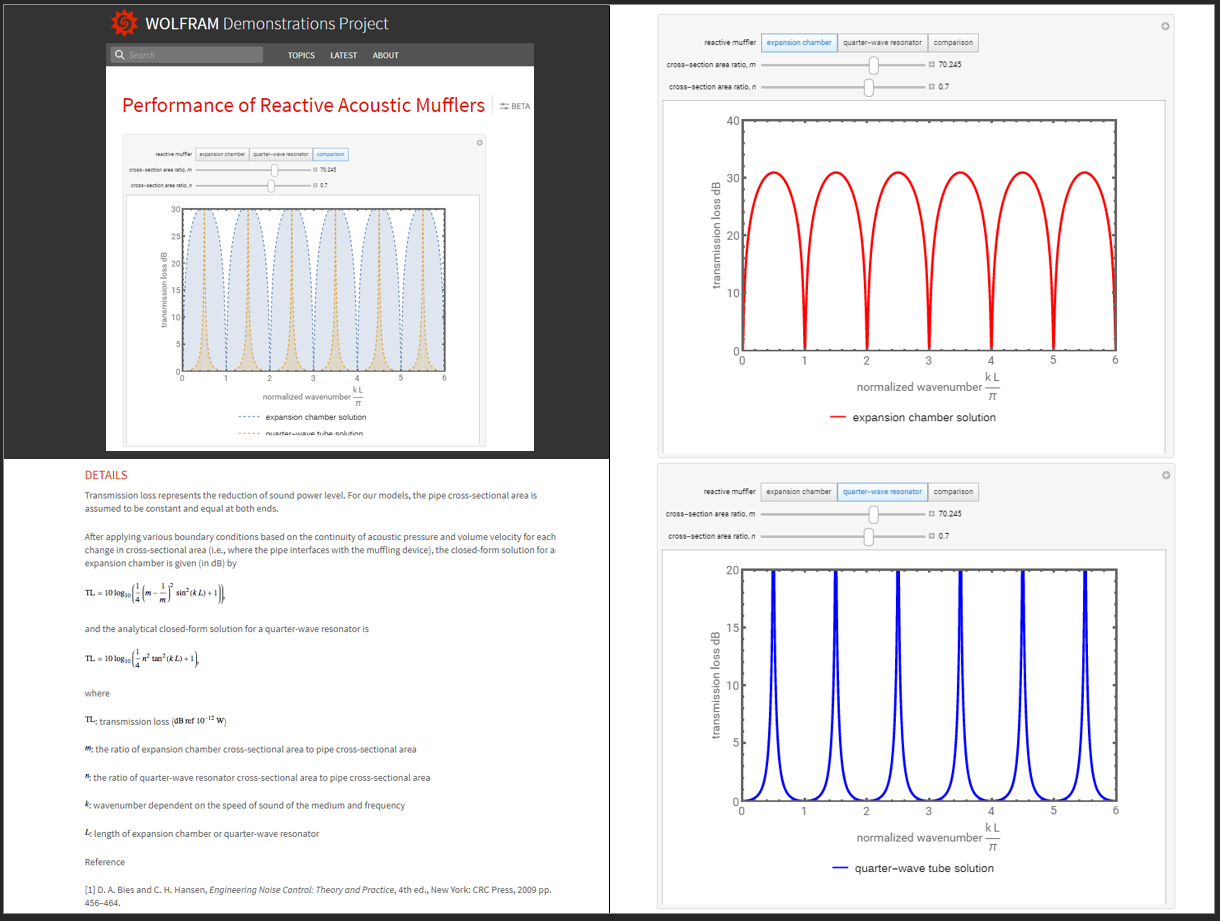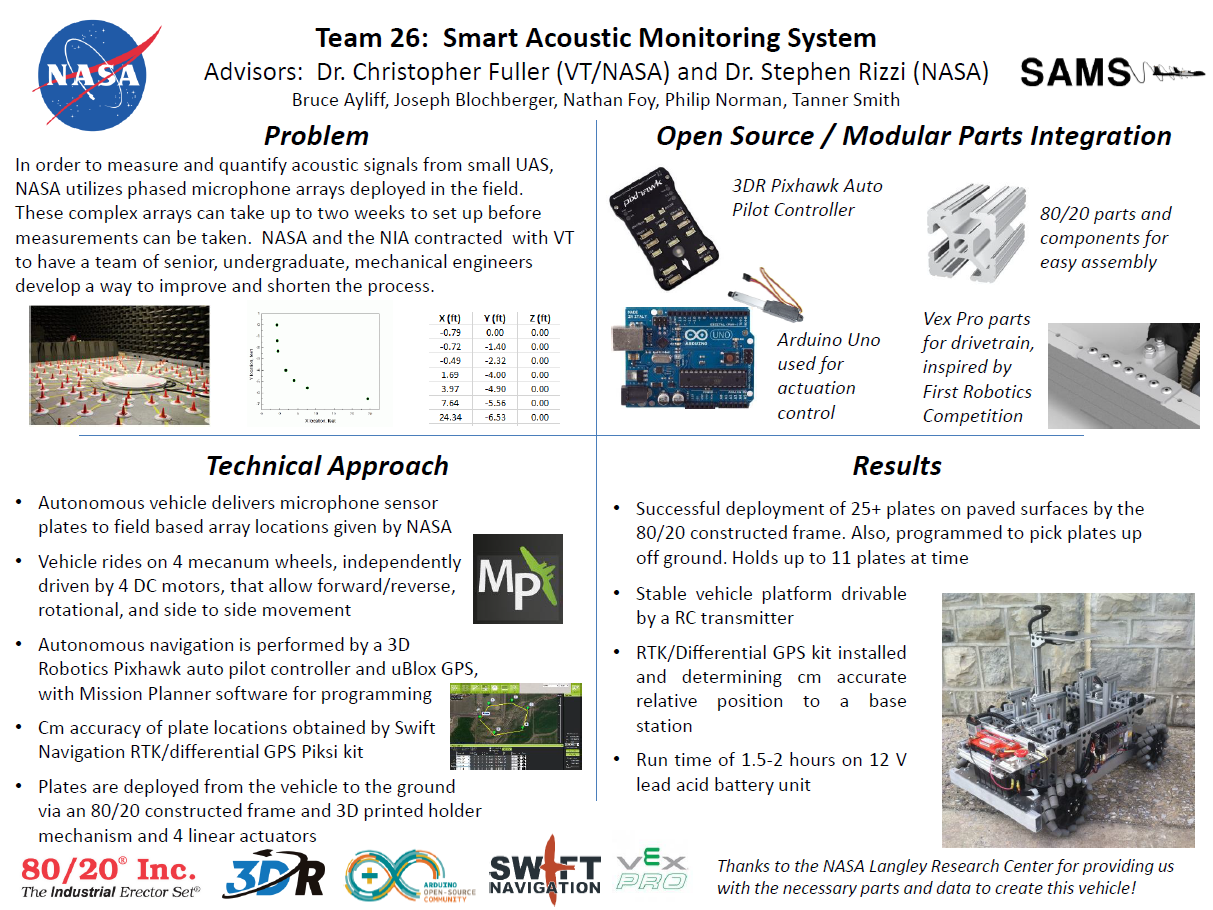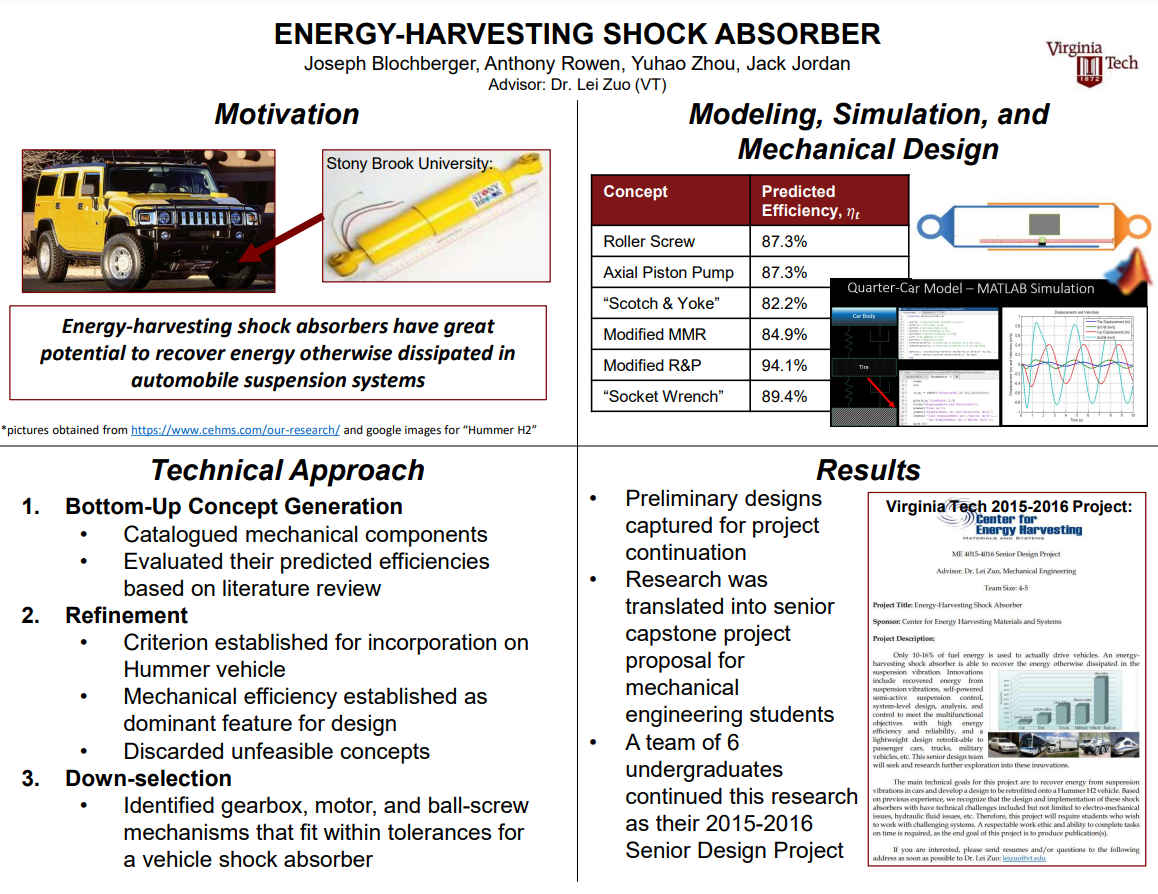
About Me
I am a multidisciplinary engineering analyst and manager with over a decade of professional experience in engineering acoustics, analyzing sensor data, and systems engineering. I also chair an annual session for the American Society of Mechanical Engineers (ASME) for Analytical, Computational, Artificial Intelligence, and Machine Learning in Dynamics, Vibrations, and Acoustics and serve as a member of the Technical Committee on Vibration and Sound. I also provide peer review for publications for IEEE Sensors and a variety of other professional societies. At the moment, I am a part of collaborative research projects that involve predictive analytics, complex systems, and operations research. My intent is to creatively apply my engineering insights to tackle a wide variety of non-traditional multidisciplinary problems (such as those in the public health, medical, and economic domains) as well as learn about best practices from fields outside of engineering.
Research Interests: Creativity in Engineering Design, Operations Research, Predictive Analytics, Probability & Stochastic Processes, Signal Processing, Systems Engineering, Systems Science
Contact Details
Joseph Blochberger
Department of Civil & Systems Engineering
The Johns Hopkins University
3400 N. Charles St.
Baltimore, MD 21218
jblochb2@jhu.edu








